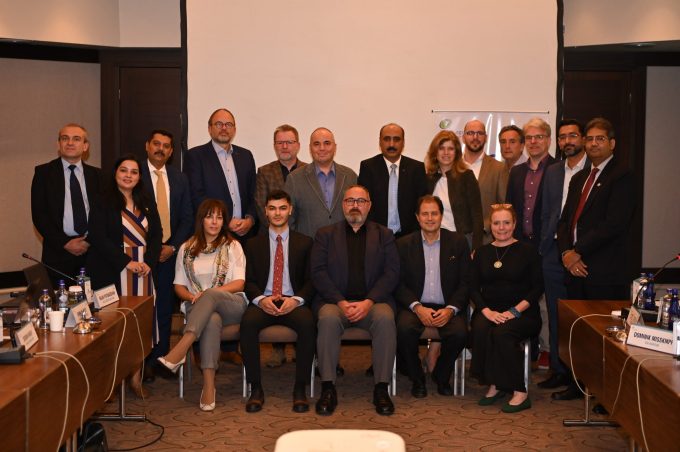Indian air cargo exports flying, boosted by improvements and expansion
International air cargo volumes out of India were estimated to have surged 19% year on ...

Reducing CO2 emissions across the logistics industry and supply chain is a universal issue. With governance, regulatory bodies and organisational ESG metrics honing in on carbon reduction and responsibility, the question remains as to how air cargo can alleviate its environmental impact.
Aviation is the fastest-growing mode of transport, in comparison with rail, road and shipping; but in 2022, aviation accounted for 2% of global energy-related CO2 emissions. [1]
The need is greater than ever for infrastructure providers to invest in sustainable ...
Keep our news independent, by supporting The Loadstar
Volume surge and an early peak season? 'Don't celebrate too soon,' warning
Container spot rates diverge: to Europe still falling, but firmer to the US
Hapag-Lloyd won't take bookings if port congestion leaves cargo stranded
Ecommerce likely the front-runner in resurge of transpacific trade after deal
China-US trade tariff pause could drive a rebound for transpacific rates
Service chaos from trade ban with India a problem for Pakistan shippers
Airfreight rates ex-China 'loss-making', but hopes of a trade deal stay high
Carriers impose 'emergency operation' surcharges on Pakistan cargo
Serious threat to jobs in US logistics as tariffs cause economic 'stagflation'
Shippers should check out the 'small print' in China-US tariff cuts
15% rebate for box ships as Suez Canal Authority woos carriers
White House u-turns see freighters flying but keep logistics players on their toes
MSC in terminal switch as Nhava Sheva gets strong start to new fiscal year
Peak season or recession? Forwarders and shippers need to 'stay flexible'
Volga-Dnepr claims 'pirate' Canada has 'hijacked' its stranded aircraft

Comment on this article